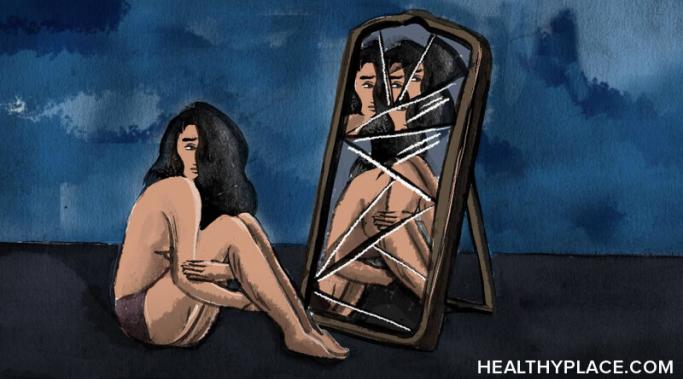Emotional neglect stands out as a significant borderline personality disorder (BPD) cause. Looking back on my childhood, I can clearly see how moments of emotional neglect contributed to my struggles with borderline PD. Below are examples of daily symptoms and their root incidents.
Borderline Treatment
Daily journaling has been my guiding light on the path to managing borderline personality disorder (BPD). When hit with a BPD trigger, there are intricate layers to my emotions and thoughts. Having those thoughts in front of me is sometimes the only tool that loosens the grip cognitive distortions have on me. It's more than just putting pen to paper; it's a safe place where I can process my inner turmoil and gain invaluable self-awareness. Journalling is definitely helpful for BPD management.
It's important to manage boundaries in borderline personality disorder. I'm someone living with borderline personality disorder (BPD), and I've got a tendency to enmesh with my loved ones. Enmeshment in relationships refers to a dysfunctional pattern of relating where boundaries between individuals are unclear, and personal identities become blurred or fused together. In enmeshed relationships, individuals may have difficulty distinguishing their own thoughts, feelings, and needs from those of their partner or family member. In my case, my BPD causes me to fear rejection the closer I get to someone. The temptation to blend in and go with the flow just to secure acceptance is real. But here's where managing boundaries in BPD swoops in to save the day.
Did you know that the most helpful treatment for borderline personality disorder (BPD) is age? According to a 16-year-long study, 88 percent of patients no longer met the "Diagnostic and Statistical Manual of Mental Disorders" criteria for BPD after eight years, while 99 percent remitted after 16 years. I just turned 30 myself, and my BPD symptoms have greatly improved over the past 12 years. This is my experience with BPD since becoming an adult.
In this video, I talk about one of my secret tricks to self-soothing when borderline personality disorder (BPD) symptoms are triggered.
When you live with borderline personality disorder (BPD), you live with the BPD relationship dilemma. What is the BPD relationship dilemma? Well, I just made it up. But, it might sound familiar if you or someone you know has BPD. For me, at least, relationships used to feel like an impossible paradox.
Before I knew anything about borderline personality disorder (BPD) or antidepressants, I knew that pharmaceutical drugs were bad. Or, at least that's what I was told growing up. I learned from a young age not to trust therapists or doctors. Doctors wanted to poison your body, and therapists wanted to poison your mind. Why would I think that? Well, because then it would be easier for them to control you.
This article discusses splitting in borderline personality disorder (BPD). (This is also known as black-and-white thinking.) For me, splitting leads to paranoid thoughts, which are usually based on something to do with abandonment. When I become aware that I may not be seeing reality clearly, I start dissociating. Then, I get into a space where I don’t feel like I exist. That’s the bit I’d like to get into in this article: how splitting leads to dissociation and how I overcome it.
Did you know that neurodiversity includes borderline personality disorder (BPD)? Most people associate the term with autism or attention-deficit/hyperactivity disorder (ADHD). But, the scope of neurodiversity is much larger than that. The term is new in the mental health community and evolving quickly. However, while information on it is plentiful in the ADHD and autism world, there is surprisingly little information on neurodivergence concerning BPD. So, how does neurodivergence manifest in BPD?
When meeting new people, I can become obsessive about looking for approval. Due to living with borderline personality disorder (BPD), I often feel separate from others and like my sense of self is undefined. Therefore, I sometimes change my external personality traits to better connect with other people and feel accepted.









